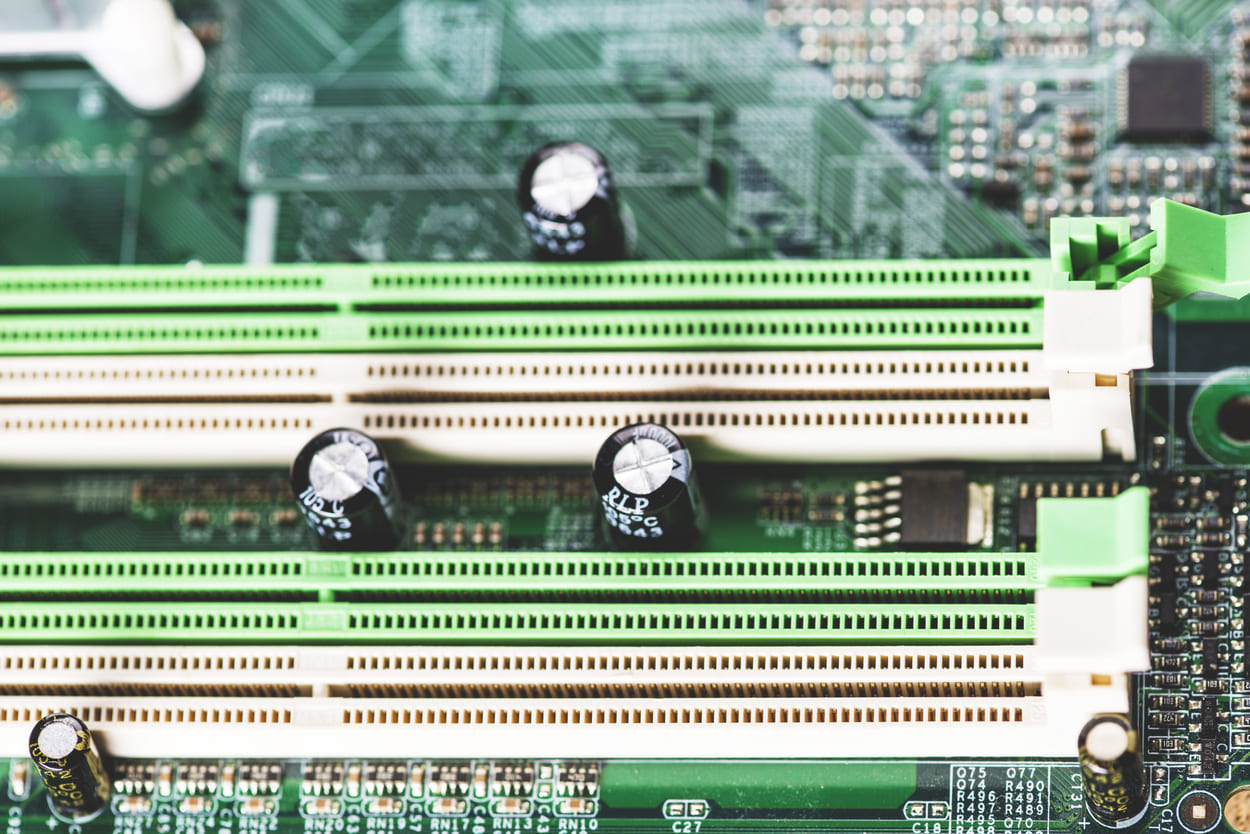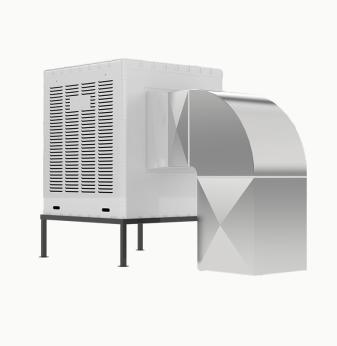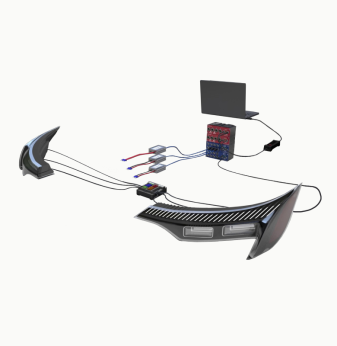Multi-core Microcontrollers in Embedded Design: Balancing Power and Performance

As embedded systems become more advanced, engineers are constantly seeking ways to boost processing power while maintaining energy efficiency. Enter multi-core microcontrollers (MCUs): compact and powerful solutions that deliver the performance needed for modern real-time applications without compromising power consumption.
This article explores how multi-core MCUs are redefining the embedded design landscape across industries like automotive, industrial automation, healthcare, and consumer electronics.
What Are Multi-core Microcontrollers?
Multi-core MCUs integrate two or more independent processor cores within a single chip. These cores can work independently or cooperatively, allowing parallel processing of tasks and more efficient handling of workloads.
| Core Type | Description | Common Use Cases |
| Symmetric (SMP) | Identical cores sharing memory | Balanced load distribution |
| Asymmetric (AMP) | Cores with different capabilities or roles | Real-time control + complex computing |
Why Multi-core MCUs Matter in Embedded Systems
With embedded systems now expected to handle complex tasks like AI inference, advanced signal processing, and real-time control, single-core MCUs often fall short. Multi-core MCUs address these demands by:
- Enabling parallel task execution
- Improving real-time responsiveness
- Isolating critical functions for safety and performance
- Reducing overall system power through task-specific optimization
Industry Use Cases
- Automotive Electronics Multi-core MCUs are crucial for enabling safe and reliable automotive applications such as:
- Advanced Driver Assistance Systems (ADAS)
- Battery Management Systems (BMS) in electric vehicles
- Domain controllers for zonal architecture
Example: NXP S32K3 series offers ARM Cortex-M7 and M33 cores for time-sensitive control and security functions.
- Industrial Automation Factories increasingly rely on real-time control and edge processing. Multi-core MCUs facilitate:
- Motor control and robotics
- Industrial Ethernet and TSN
- Predictive maintenance algorithms
According to Siemens, smart factories using parallel control architectures based on multi-core chips have reduced latency in control loops by up to 40%.

- Healthcare Devices Medical systems demand both safety and efficiency. Multi-core MCUs enable:
- Real-time patient monitoring
- Signal processing in portable ultrasound devices
- Isolation between UI and critical diagnostic functions
- Consumer Electronics In wearables and smart devices, multi-core designs allow:
- Always-on sensing with low-power cores
- Offloading audio/video processing
- Faster wake/sleep transitions
Power vs. Performance: The Engineering Trade-off
A key challenge in embedded design is balancing processing power with battery life or thermal constraints. Multi-core MCUs address this by:
- Using low-power cores (e.g., Cortex-M0+) for background tasks
- Enabling cores to sleep independently
- Optimizing firmware to match core performance to task criticality
| Design Goal | Multi-core Strategy |
| Minimize power | Use heterogeneous cores with duty cycling |
| Maximize throughput | Symmetric multiprocessing for load sharing |
| Enhance reliability | Isolate critical tasks on separate cores |
Real-World MCU Examples
| MCU Model | Cores | Notable Features | Application Area |
| NXP i.MX RT1170 | Cortex-M7 + M4 | Dual-core with real-time co-processing | Industrial & Automotive |
| ST STM32H7 | Cortex-M7 + M4 | High-speed interconnect, DSP support | Medical & Robotics |
| TI AM263x | Dual Cortex-R5 | Safety and motor control features | Industrial Control |
| Renesas RA8 | Dual Cortex-M85 | DSP, ML inference acceleration | AI-enabled Edge Devices |
Future Outlook and Market Trends
According to Yole Group, the global multi-core MCU market is expected to grow at a CAGR of 8.5% and surpass $6.2 billion by 2027, driven by the demand for edge intelligence and mixed-criticality systems.
Gartner forecasts that over 60% of new embedded designs in automotive and industrial sectors will adopt multi-core architectures by 2026.
Expert Commentary
"We’re seeing a convergence of low-power design and high compute demand. Multi-core MCUs are now essential for embedded solutions that combine connectivity, AI, and control," — Ken Hansen, Embedded Systems Analyst at ABI Research.
Challenges in Adoption
Despite their advantages, multi-core MCUs introduce complexity:
- Software partitioning and task scheduling become critical
- Debugging multi-core systems requires specialized tools
- Real-time operating systems (RTOS) must support core coordination
How Promwad Helps
At Promwad, we assist clients in leveraging multi-core microcontrollers for next-generation embedded designs:
- Firmware development and partitioning strategies
- Integration of multi-core RTOS and hypervisors
- Performance tuning and power optimization
- Hardware-software co-design for edge AI and real-time control
Conclusion
Multi-core microcontrollers offer a compelling solution to the growing demands of embedded applications. By providing the means to scale performance, isolate tasks, and manage power efficiently, they empower developers to create smarter, safer, and more responsive systems. With deep expertise in embedded engineering, Promwad helps clients harness the full potential of multi-core MCUs to future-proof their products.












